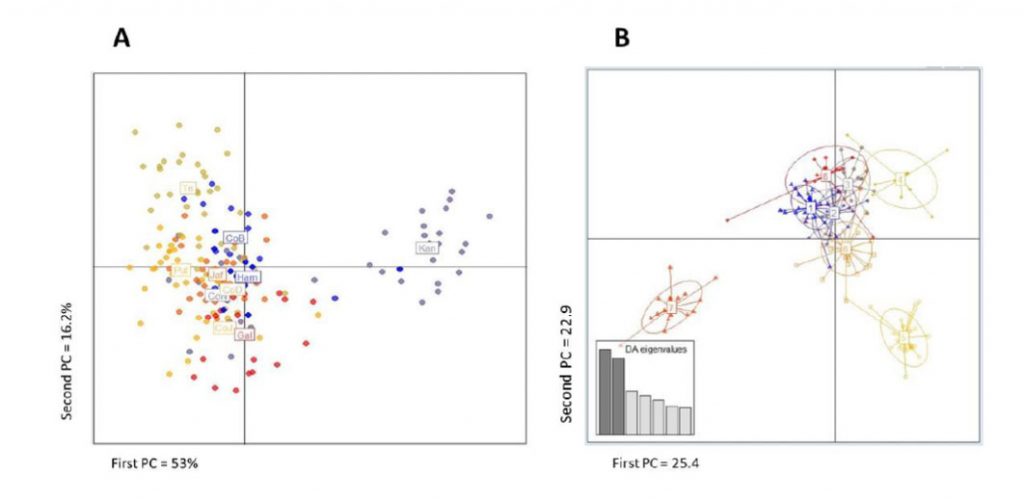Authors: H.S.D. Fernando, Menaka Hapugoda, Rushika Perera, William C. Black and B.G.D.N.K. De Silva
Journal: insects
In Sri Lanka, dengue is the most serious arboviral disease. Recent increases in dengue cases suggest a higher infection rate and spread of the disease to new areas. The present study explores gene flow patterns of Ae. aegypti, the main vector of dengue disease, among 10 collection sites including major ports and inland cities using variations at 11 microsatellite loci. Discriminant analysis of principal components (DAPC) and k-means clustering estimated eight genetic clusters. Analysis of Molecular Variance (AMOVA) estimated equal variances among cities and among collections in Colombo, Sri Lanka. Significant evidence, although weak, was detected for isolation by distance. Analysis of gene flow rates and directions using MIGRATE-n indicated that populations throughout the island served as a source of immigrants for Colombo with abundant gene flow among major commercial cities in Sri Lanka, which appear to receive migrant mosquitoes from throughout Sri Lanka. The observed patterns probably arise through human movement of Ae. aegypti during commerce from throughout Sri Lanka into Colombo increasing the risk of spread. The patterns uncovered in this study are significant for global health as Sri Lanka is situated along a key international shipping route



